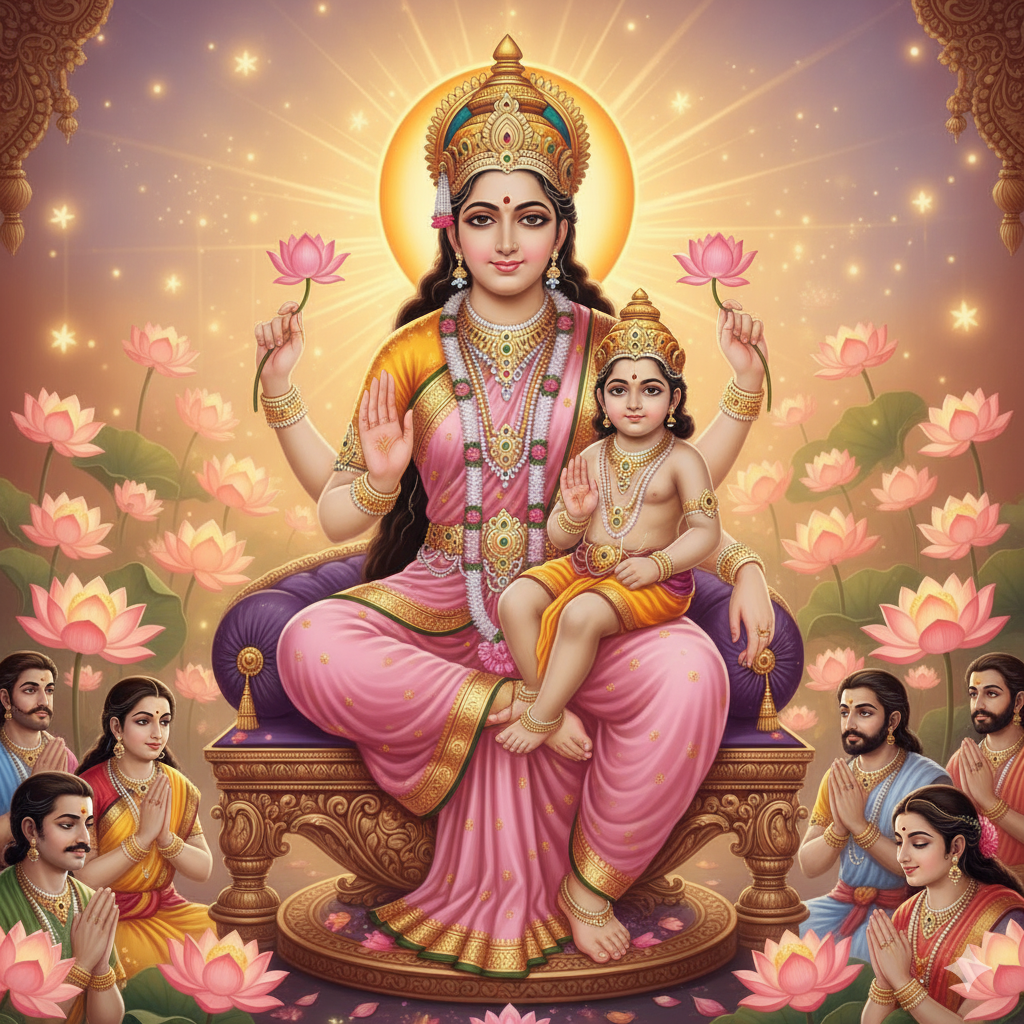
Introduction
Maa Skandmata – Day 5 of Navratri : The fifth day of Navratri is dedicated to Maa Skandmata, the fifth manifestation of Goddess Durga. She is the mother of Lord Skanda (Kartikeya), the commander of the divine army of gods, which is why she is lovingly called Skandmata (Mother of Skanda). Her worship on the fifth day brings peace, wisdom, prosperity, and salvation.
Maa Skandmata is depicted seated on a lotus, holding her child Skanda on her lap, and riding a lion. She radiates divine love, motherly compassion, and courage. Devotees who worship her with devotion receive her nurturing blessings and divine protection.
Appearance of Maa Skandmata
Maa Skandmata’s form beautifully blends motherhood and divinity.
- She is seen seated on a lotus flower, symbolizing purity and devotion.
- She has four arms:
- In one hand, she holds baby Skanda (Kartikeya) on her lap.
- With two hands, she carries lotus flowers.
- One hand is in the Abhaya Mudra (gesture of blessing).
- As a symbol of courage and fearlessness, she rides a lion.
Her calm, loving face embodies compassion, while her lion symbolizes strength. Significance of Maa Skandmata Worship
Worshipping Maa Skandmata is believed to have great spiritual and material benefits:
- She represents the motherly aspect of Shakti, symbolizing unconditional love and protection.
- She blesses her devotees with peace, wisdom, and prosperity.
- She helps in attaining moksha (salvation) by blessing devotees with purity of heart.
- Those facing troubles in family or children’s health seek her blessings for harmony.
- Her worship is said to open the doors to divine knowledge and spiritual awakening.
Day 5 Navratri Color – Yellow
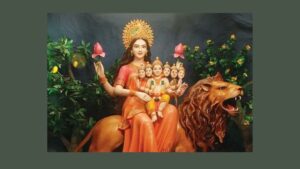
The auspicious color for Day 5 of Navratri is Yellow, representing happiness, learning, and positivity. Devotees wear yellow clothes and offer yellow flowers to Maa Skandmata while performing her puja.
Maa Skandmata Puja Vidhi (Step-by-Step Rituals)
- Morning Rituals:
- Wake up early, bathe, and wear yellow clothes.
- Clean the puja space and place Maa Skandmata’s idol or image.
- Kalash Sthapana:
- Establish a Kalash with water, betel nut, and mango leaves.
- Place a coconut wrapped in red cloth on top.
- Invocation of Maa Skandmata:
- Light a ghee lamp and incense sticks.
- Offer yellow flowers, bananas, and fruits to the Goddess.
- Chanting the Mantra:
- Recite the mantra:
“Om Devi Skandmatayai Namah” - Chant 108 times with devotion.
- Bhog (Offering):
- Offer bananas and kheer (sweet rice pudding) as bhog.
- Distribute prasad among family and neighbors.
- Aarti & Prayers:
- Perform aarti with devotion.
- Meditate upon her motherly image to receive her love and blessings. The Story of Maa Skandmata
The story of Maa Skandmata is closely linked to the birth of Lord Kartikeya (Skanda).
Once, demons led by Tarakasura became powerful and began troubling the gods. A boon had made Tarakasura invincible, except by the son of Lord Shiva. To defeat him, the gods wanted Shiva to marry Parvati. Their union gave birth to Lord Skanda, the commander-in-chief of the celestial army, who eventually killed Tarakasura.
As the mother of Skanda, Maa Skandmata came to be worshipped as a form of Durga, representing both strength and nurturing love.
Benefits of Worshipping Maa Skandmata – Day 5 of Navratri
- Blesses devotees with peace and prosperity.
- Removes troubles related to family and children.
- Brings harmony in relationships.
- Grants wisdom and spiritual knowledge.
- Helps devotees attain salvation.
- Protects from enemies and negative energies.
Maa Skandmata – Day 5 of Navratri (Prayer)
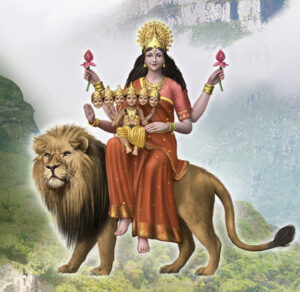
“Ya Devi Sarvabhuteshu Maa Skandmata Rupena Samsthita, Namastasyai Namastasyai Namastasyai Namo Namah.”
Chanting this prayer purifies the heart and strengthens devotion.
Offerings (Naivedya) for Maa Skandmata – Day 5 of Navratri
- Bananas – considered her favorite offering.
- Kheer (sweet rice pudding).
- Yellow-colored fruits like papaya and mango.
- Halwa-Puri.
- Milk-based sweets.
Spiritual Meaning of Maa Skandmata – Day 5 of Navratri Worship
Maa Skandmata represents the power of motherly love and selfless devotion. Her worship teaches us to nurture wisdom, compassion, and courage in our lives. Spiritually, she symbolizes the awakening of the Vishuddha (throat) chakra, which enhances communication, truth, and purity.
Maa Skandmata – Day 5 of Navratri Aarti
Devotees perform aarti at the end of the puja:
“Jai Ambe Gauri, Maiya Jai Shyama Gauri, Tumko Nish Din Dhyavat, Har Vishnu Shivaji.”
20 FAQs on Maa Skandmata – Day 5 of Navratri
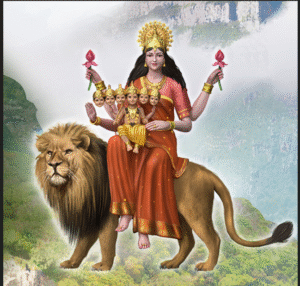
Q1. Who is Maa Skandmata?
A1. She is the fifth form of Durga and the mother of Lord Skanda (Kartikeya).
Q2. Why is she called Skandmata?
A2. Because she is the mother of Skanda, also known as Kartikeya.
Q3. Which day of Navratri is dedicated to Maa Skandmata?
A3. The fifth day of Navratri.
Q4. What is the color for Day 5 of Navratri?
A4. Yellow is the auspicious color of the day.
Q5. What does Maa Skandmata ride on?
A5. She rides a lion.
Q6. How many arms does Maa Skandmata have?
A6. She has four arms.
Q7. What does Maa Skandmata hold in her hands?
A7. She holds lotus flowers and Lord Skanda on her lap, and one hand is in blessing mudra.
Q8. What is Maa Skandmata’s favorite bhog?
A8. Bananas and kheer are her favorite offerings.
Q9. What are the benefits of worshipping Maa Skandmata?
A9. She blesses with prosperity, wisdom, harmony, and salvation.
Q10. Which mantra is chanted for Maa Skandmata?
A10. “Om Devi Skandmatayai Namah.”
Q11. What is the story behind Maa Skandmata?
A11. She is worshipped as the mother of Lord Kartikeya, who killed Tarakasura.
Q12. What does she symbolize?
A12. Motherly love, compassion, wisdom, and protection.
Q13. Which chakra is associated with Maa Skandmata?
A13. The Vishuddha (throat) chakra.
Q14. What is her seat or posture?
A14. She is seated on a lotus.
Q15. What is the significance of her worship?
A15. It brings peace, prosperity, and opens the path to salvation.
Q16. Who should worship Maa Skandmata?
A16. Devotees seeking family harmony, knowledge, and spiritual growth.
Q17. Can Maa Skandmata be worshipped outside Navratri?
A17. Yes, she can be worshipped anytime with devotion.
Q18. What fruits are offered to Maa Skandmata?
A18. Bananas, papaya, mango, and other yellow fruits.
Q19. What does the lion symbolize in her form?
A19. Courage and fearlessness.
Q20. How does Maa Skandmata bless her devotees?
A20. She removes troubles, protects children, and grants prosperity.

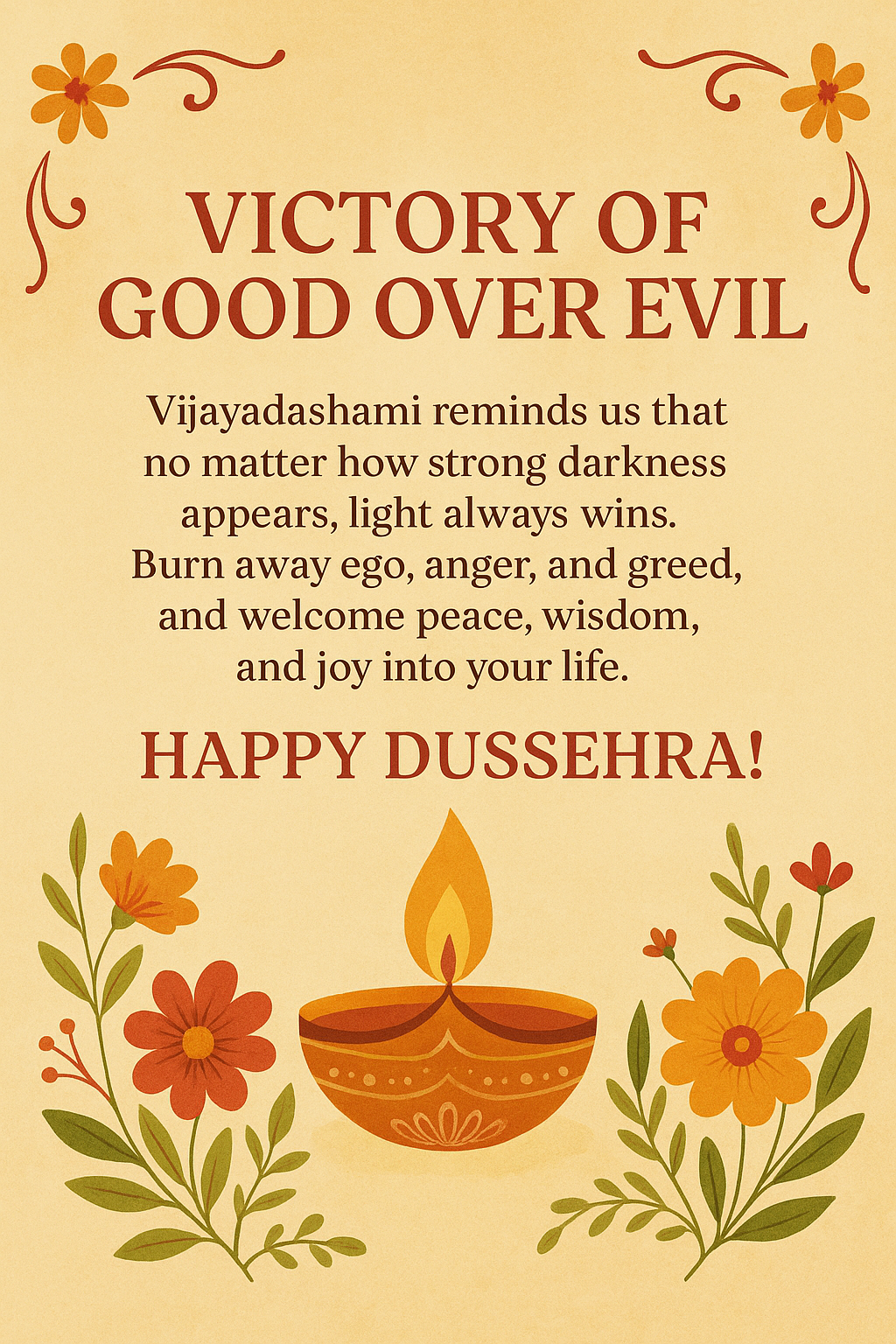
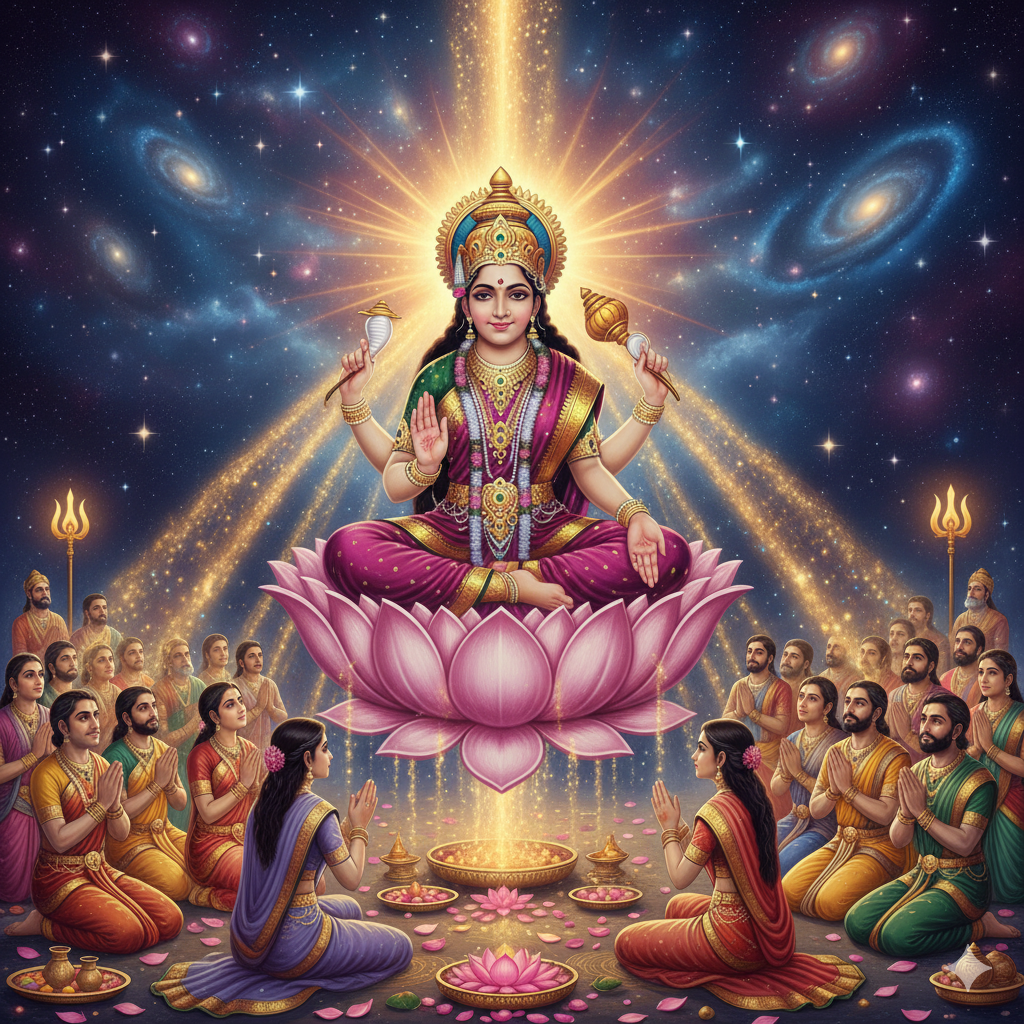
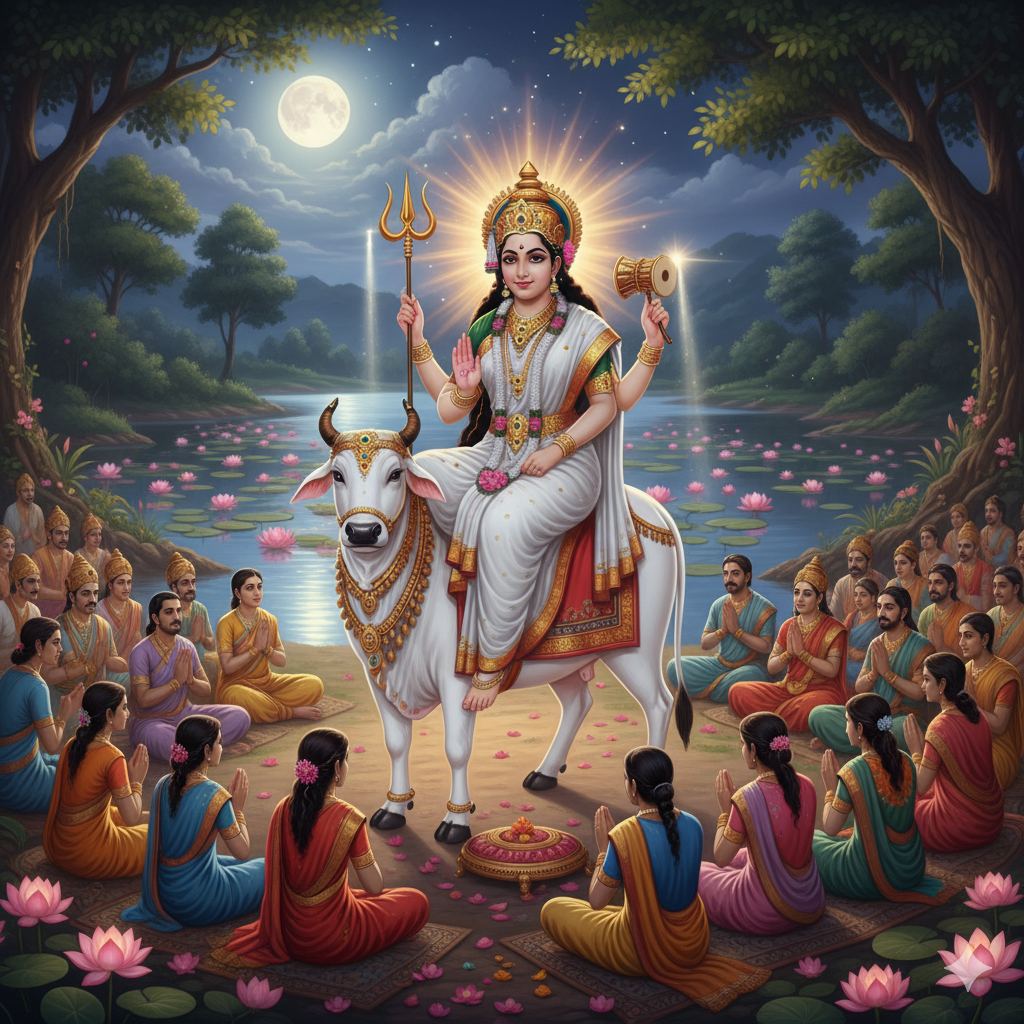
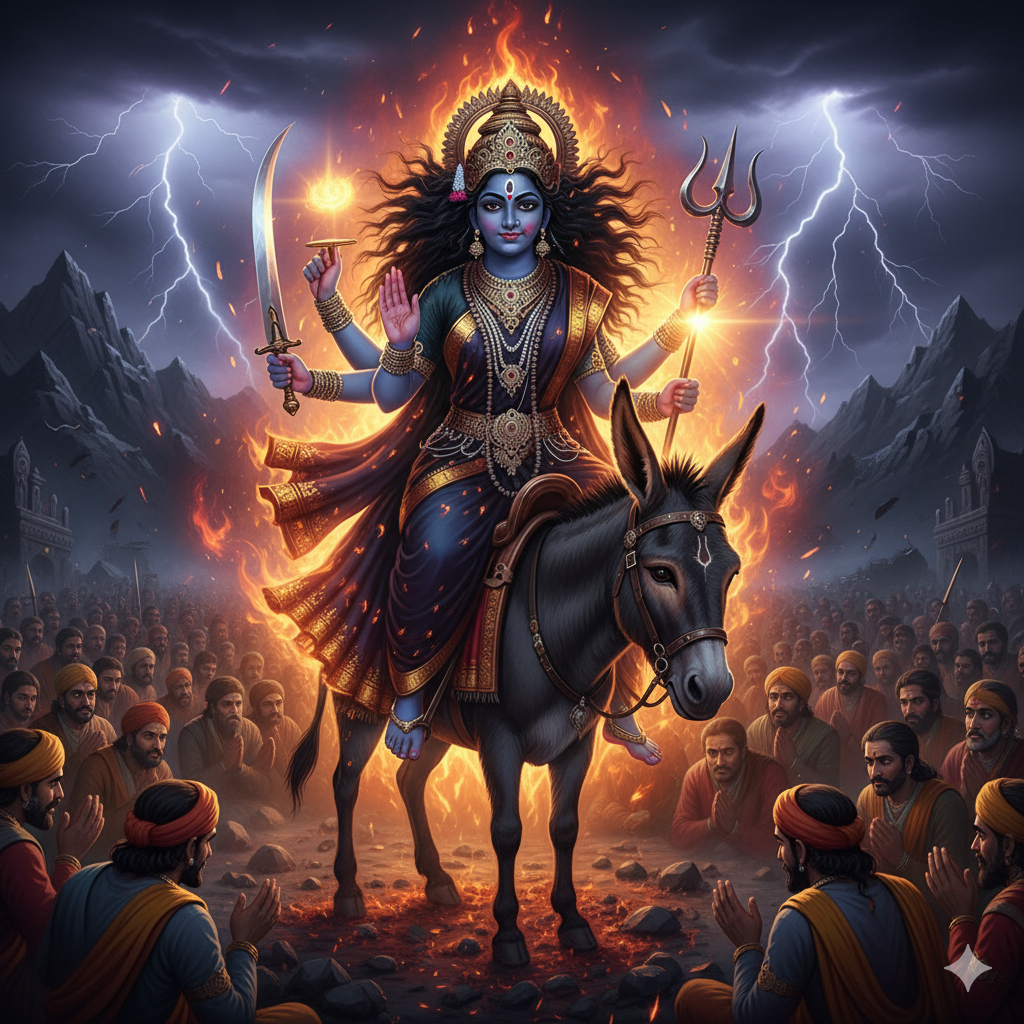
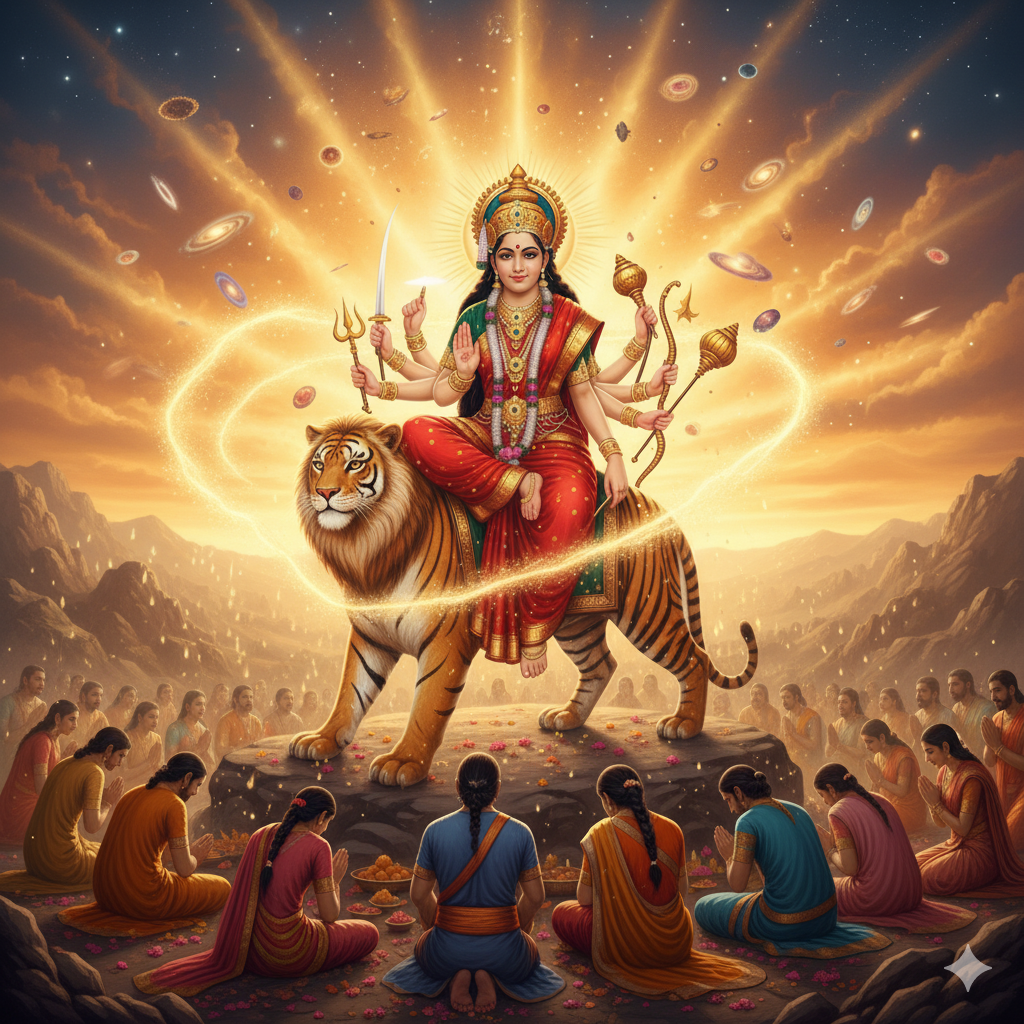
thanks